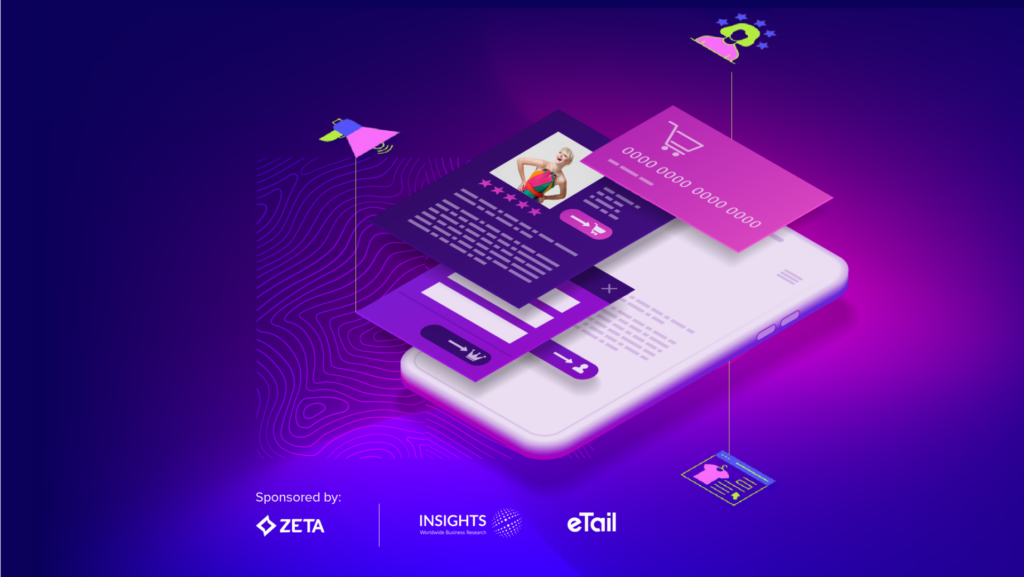
Top 12 Examples of Omnichannel Goals for Successful Marketing ROI
Every day, there are more than 3.4 billion touchpoints for consumers to potentially interact with. Have you ever considered what sets apart the brands that are able to cut through the noise and make an impact at every touchpoint? To maximize your marketing strategy, understanding and implementing omnichannel goals must be a priority. Join us as we weave through the intricacies of omnichannel marketing and uncover 12 key goals that, when executed, redefine the customer experience and foster brand loyalty.
Defining Omnichannel Marketing Goals
Omnichannel marketing is defined as a strategic approach to creating seamless, integrated customer experiences across various channels. But what’s the first step on your omnichannel journey? What technologies best set you up for success best? One key aspect of optimizing omnichannel marketing campaigns lies in understanding the preferences, behaviors, and expectations of your target audience across different touchpoints so that you can meet them with tailored messaging. This calls for leveraging customer data and analytics to personalize your messaging across segments. Read on for our roundup of the top 12 goals for omnichannel orchestration, and how to implement them.
Top Examples of Omnichannel Goals
In the fluid ecosystem of online and offline marketing, achieving inter-channel synergy is pivotal to unlocking the full potential of omnichannel marketing. Omnichannel marketing automation is but one linchpin in orchestrating synchronized and personalized interactions across channels. In adopting a holistic approach that plays to each channel’s unique strengths, , marketers can craft stronger experiences, driving brand loyalty and business gains.
Here are 12 omnichannel goals that we consider instrumental in elevating your marketing strategy.
Goal #1: Personalized, relevant messaging
Messages tailored according to individual preferences will resonate with your audience better, forging a positive brand sentiment and therefore, better customer relationships. In a customer loyalty study from PwC, 82% of respondents said they are willing to share some type of personal data for more personalized service.
Goal #2: Consistently positive brand experience
Consistency is key to a positive brand reception. Customers are channel agnostic by nature, meaning they care most about a cohesive brand experience.
Goal #3: Marketing to the right context
Understanding the context around customer interactions allows for more targeted and effective marketing. Maximize impact by tailoring your messages to the specific circumstances under which customers engage with your brand.
Goal #4: Continuity in communication
Consistent messaging builds a stickier narrative, keeping your audience engaged and enhancing brand recall.
Goal #5: Data-driven marketing
Keep your decision-making data backed. Utilize Leverage first-party data to refine strategies, personalize content, and boost campaign efficacy. In utilizing Zeta’s robust scoring model. A leading mobile network operator in Poland was able to analyze site engagement and accurately predict the likelihood of sale.
Goal #6: Improve omnichannel consistency by segmenting audiences
Segmenting your audience equals targeted communication equals ensured relevancy and overall consistency.
Goal #7: Follow customers throughout their journey
From awareness to post-purchase engagement, maintain a presence across the entire buyer journey.
Goal #8: Focus on high-value channels and high-value customers
Identify and prioritize channels that yield the highest value for your brand, adn do the same with your customers.
Goal #9: Real-time customer engagement
Respond promptly to customer interactions, building trust and augmenting the overall customer experience.
Goal #10: Enhanced customer loyalty programs
Develop a unified loyalty program offering consistent benefits and rewards that transcends channels. This will help reduce churn and bolster brand loyalty.
Goal #11: Uncover new platforms and audiences
Keep on the forefront of by exploring emerging platforms and reaching new audiences. Diversifying your channels keeps your brand top of mind, and cements that it’s able to adapt to consumer trends on the fly.
Goal #12: Measurable customer satisfaction
Appy metrics to keep a pulse on customer satisfaction across channels. In doing so, you can identify areas for improvement and optimize your omnichannel strategy.
Creating Better Omnichannel Goals
A successful omnichannel marketing strategy is a high art, with the first strokes being clear, actionable goals.
Prioritizing personalization creates positive brand experiences, strengthens relationships, and builds trust. Consistent branding online and offline enhances this trust, while a data-driven approach refines strategies and optimizes campaigns. Focusing on audience segmentation, customer journeys, and high-value channels solidifies brand presence. Exploring new platforms, real-time interactions, and loyalty programs enhances a customer-centric approach. Finally, measuring satisfaction will help ensure ongoing improvement of omnichannel strategies.
Businesses are encouraged to harness the power of omnichannel marketing or get left behind. Consider these 12 goals a roadmap to unlock new possibilities, elevate customer experiences, and ultimately, launch your brand to new heights.
Want to see Zeta in action?




